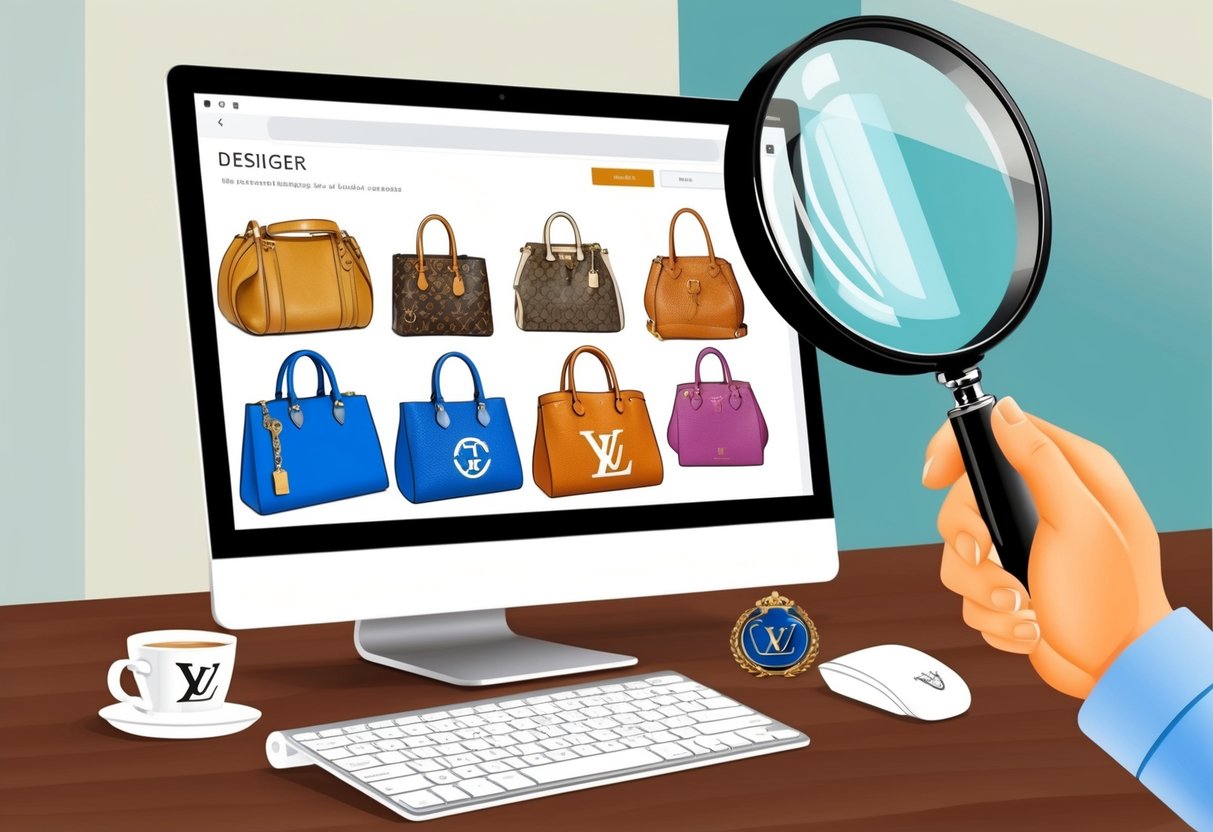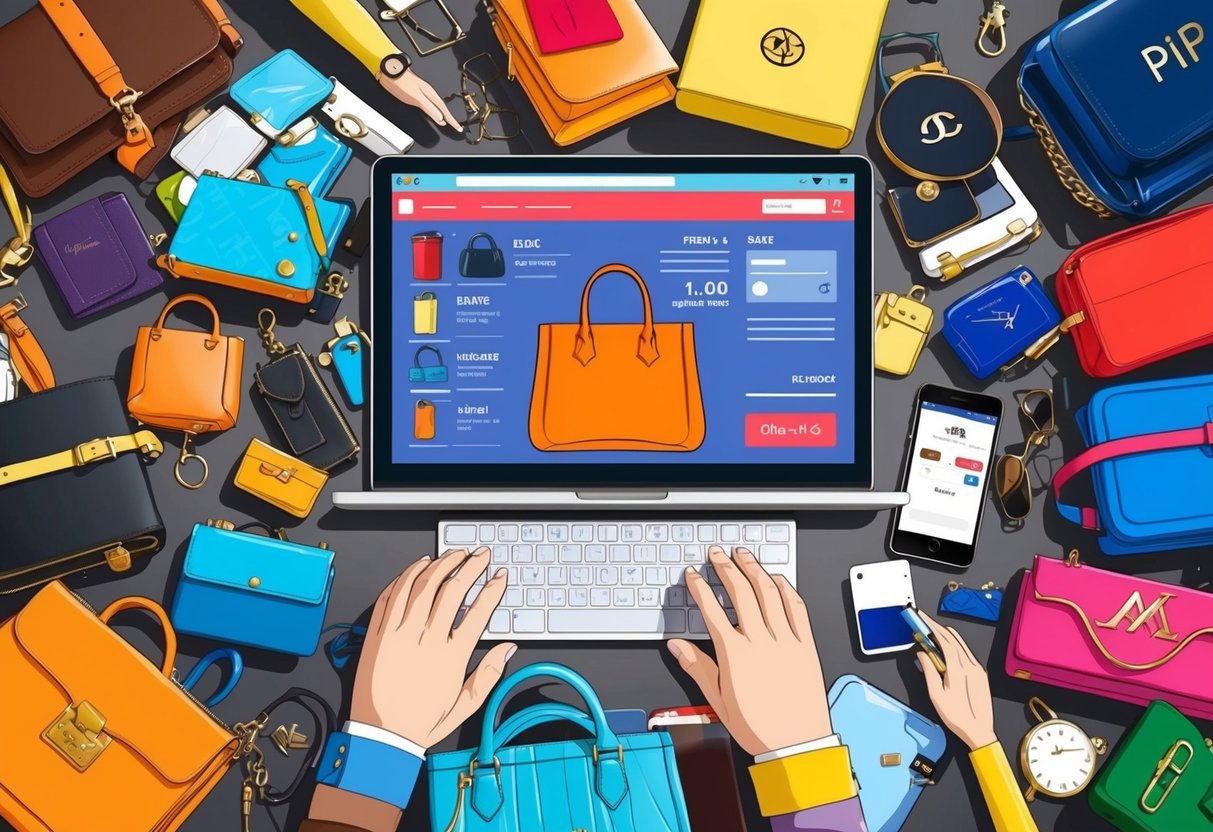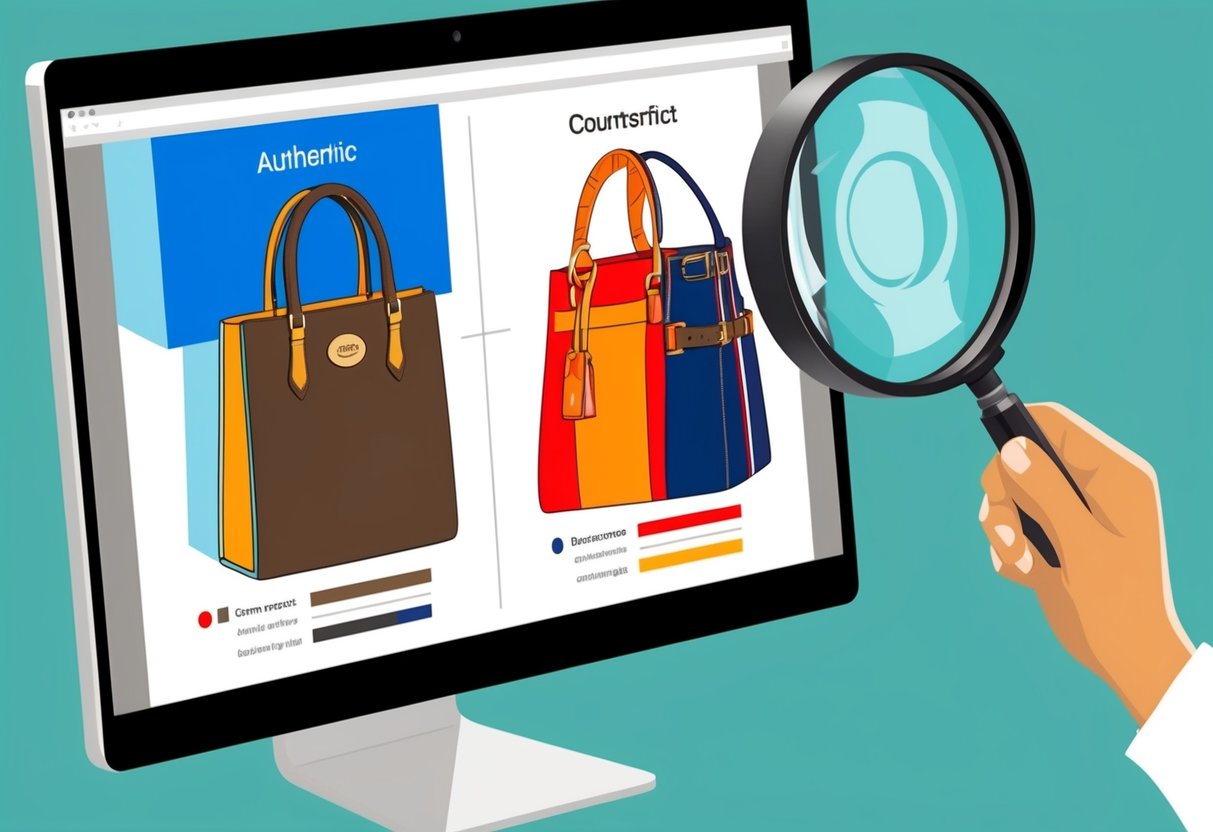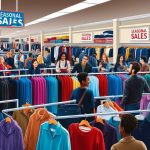
Risks and Consequences of Buying Counterfeits Online

Purchasing counterfeit goods online can expose buyers to serious legal, health, and safety risks. Fake products are often unregulated, and legal authorities worldwide enforce strict measures to address this growing problem.
Legal Issues and Penalties
Buying or importing counterfeit goods is illegal in many countries, including the United States. Customs officials frequently seize counterfeit items at the border, and buyers may face civil or criminal penalties if they are caught with these products.
Penalties vary, but can include fines, forfeiture of goods, or in more severe circumstances, criminal charges. For example, U.S. Customs and Border Protection states that purchasing counterfeit goods can lead to legal action and loss of the item in question.
Large-scale offenses may bring harsher consequences, such as jail time or lawsuits from the original trademark owners. Online marketplaces are also under pressure to remove counterfeit products, but enforcement is inconsistent.
Even unintentional buyers may be held responsible, emphasizing the importance of verifying both sellers and products before purchase. For more information on legal consequences, visit this page on the truth behind counterfeits.
Impacts on Health and Safety
Counterfeit products are often made with little regard for safety standards. Items such as cosmetics, electronics, toys, and even pharmaceuticals have been found to contain harmful ingredients or substandard parts that put consumers at risk.
Potential dangers include exposure to toxic chemicals, poor electrical wiring leading to fire hazards, and ineffective or dangerous ingredients in medicines. Studies show that items not tested for safety can cause injuries, allergic reactions, or serious health crises.
Children’s items and personal care products are especially risky since regulations are often ignored by counterfeiters. Consumers should be particularly cautious with unfamiliar brands and deeply discounted offers.
Frequently Asked Questions

Detecting authentic designer items online requires careful evaluation of product photos, listing details, and seller reputation. Buyers should examine logos, materials, packaging, and purchasing channels to avoid counterfeits and ensure genuine brand quality.
What are the key indicators of authenticity for designer products bought online?
Authentic designer products usually feature consistent, precise logo placement and high-quality craftsmanship. The stitching should be even and clean, and materials such as leather or hardware should feel substantial and premium.
A mismatched or crooked logo, or odd material textures, are strong warning signs of a fake item. Dedicated research and comparing the product details with official brand websites help uncover inconsistencies often found in counterfeits.
Luxury brands rarely discount their goods steeply, so unusually low prices signal risk.
What measures can consumers take to verify the legitimacy of an online retailer selling designer brands?
Checking for a secure checkout process and clear contact details is essential. Reputable online retailers typically provide detailed product photos, transparent return policies, and authentic customer reviews.
Consumers can look for retailer partnerships with designer brands or accreditation from organizations in the luxury retail segment. Websites with poor reviews or lacking essential business information should be avoided.
For further tips, see strategies to avoid counterfeit products online.
How can one check the authenticity of product materials and craftsmanship when shopping for designer items on the internet?
High-end designer items use top-grade materials, such as full-grain leather, quality metals, and expert stitching. Genuine leather for luxury bags emits a natural scent, while fake alternatives often have a strong chemical or plastic smell, as explained in this guide to spot authentic designer bags.
Requesting close-up images of stitching, zippers, and any serial numbers can help the buyer verify that the item matches designer standards. Comparing these details to those found in official manufacturer documentation is recommended.
What are common red flags to look for in online listings to identify counterfeit designer goods?
Red flags in online listings include vague product descriptions, stock images instead of real item photos, and prices dramatically below the average market value. Packaging that looks cheap or has misspellings also points to counterfeits.
Be wary of sellers who cannot provide clear images of authenticity labels or serial numbers. Off-center logos and inconsistent branding across product photos often indicate fakes, as described in tips for recognizing fake designer products.
How can I compare actual designer brand standards to items purchased online to ensure authenticity?
One effective method is to study the brand’s official website, focusing on logos, colorways, tags, and construction details. Cross-referencing these standards with item photos can reveal discrepancies.
Some online communities provide detailed guides and checklists for each designer brand, making comparison easier for shoppers researching authenticity. Having seen, touched, or owned genuine pieces from a brand makes recognizing differences in material, weight, and build quality much simpler.
Extensive brand research provides the confidence to identify fake items quickly.
What steps should be taken if a purchased item is suspected to be a counterfeit?
Buyers should contact the retailer immediately if authenticity is doubted and request a return or refund as per the store policy. Reporting the issue to relevant platforms or payment providers can help recover funds and prompt an investigation.
Providing detailed evidence, such as item photos, receipts, and all communication with the seller, helps support a dispute or claim. If the retailer is unresponsive and payment was made via credit card or PayPal, opening a case with the payment provider may offer buyer protection.



